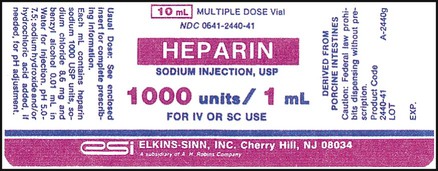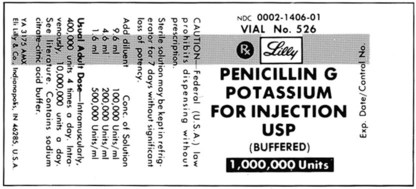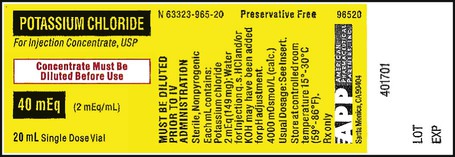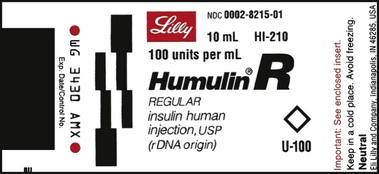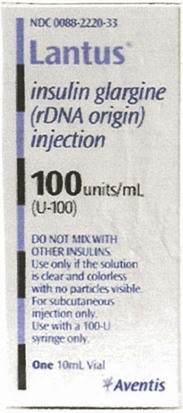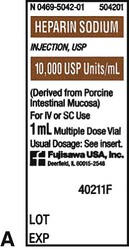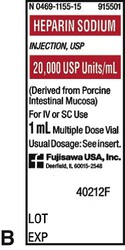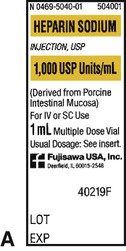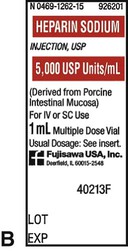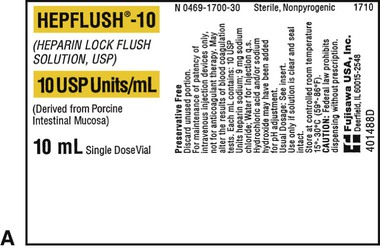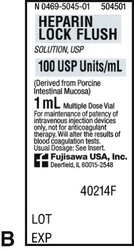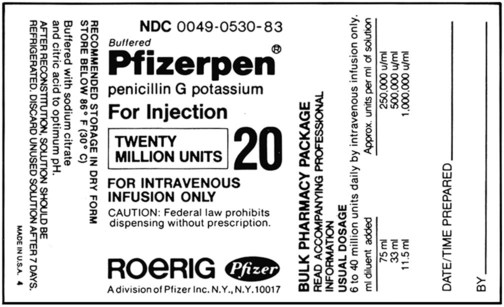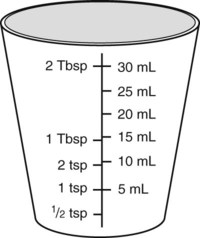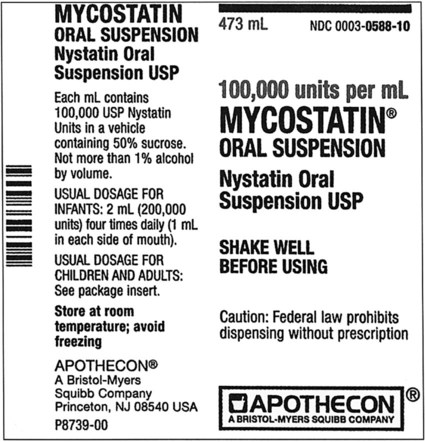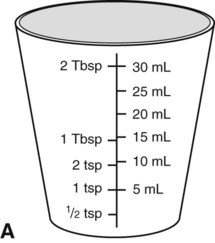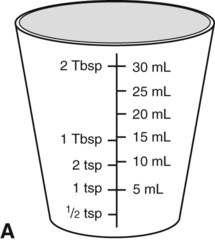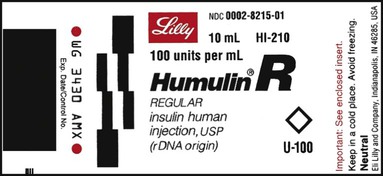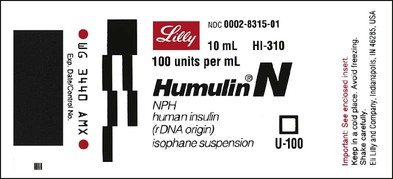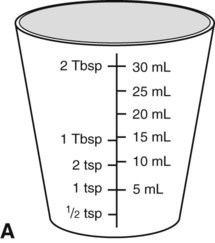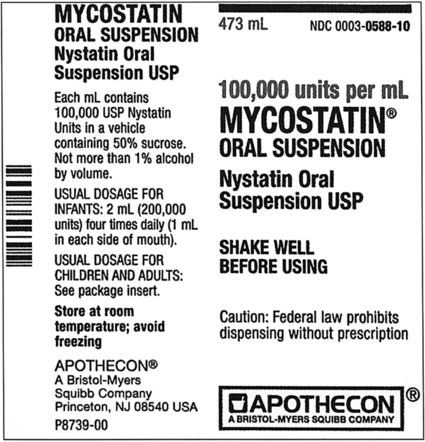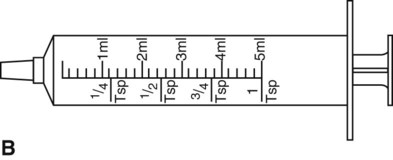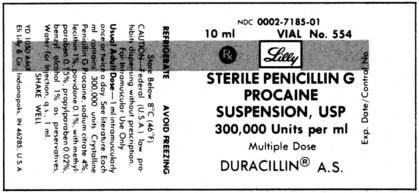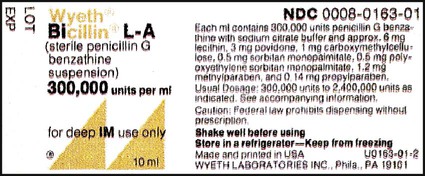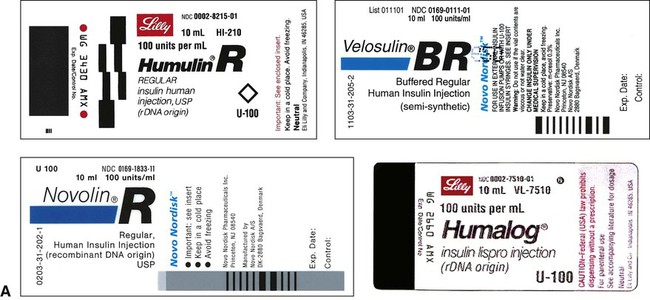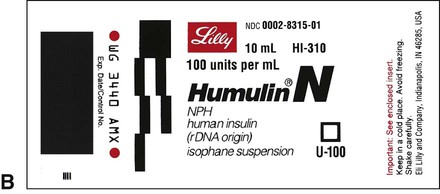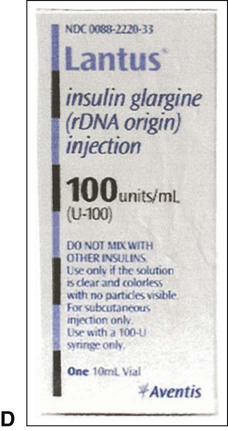Chapter 11 • Calculate doses of antibiotic medications measured in units • Calculate insulin doses measured in units • Calculate anticoagulant doses measured in units • Calculate medications measured in milliequivalents • Interpret dosage when the medication is expressed as a percentage • Interpret dosage of solutions expressed in ratio strength • Calculate weight of active ingredients expressed in percentage or ratio and proportion Percentages are the concentration of weight of a substance or medication dissolved in a solute, either by volume with liquids or weight with solids. (To review how to change a percentage to whole or decimal numbers see Chapter 2.) These medications have the label showing the percentage strength such as Lidocaine 1% or epinephrine 0.1%. Solutions expressed in ratio strengths provide information concerning the ratio of medication to the amount of solute. Penicillins G and V are products measured in the unit system, as are other antimicrobials such as nystatin suspension. In many cases, these medications are available in a powdered form that requires reconstitution before administration. The information on the drug label will inform you about the type and amount of needed diluent. If the label does not specify the needed diluent, in most cases the diluent will be provided with the powdered medication. In some cases the label also provides different strengths for the medication that can be prepared by the amount of diluent added (Figure 11-1). If you need to review the necessary steps for reconstitution of medications, see Chapter 9. Insulin, which is used to control type 1 diabetes mellitus (T1DM) and type 2 diabetes mellitus (T2DM) in some persons whose elevated blood sugar cannot be adequately controlled with oral hypoglycemics, is prescribed and measured in units. Most insulin preparations are only available in U-100 strength, meaning that each milliliter of insulin contains 100 units of medication. Even insulin preparations that are combinations of regular insulin and intermediate-acting insulins are in U-100 specifications. See Figure 11-2 for labels for different insulin preparations. To administer insulin preparations, insulin syringes that are calibrated in 100 units/mL must be used; no other syringe is based in units for insulin (in an emergency a tuberculin syringe could be used because it is also calculated in hundredths of milliliters). The design of the syringe makes it easy to ensure that the exact dose of medication ordered is administered. Syringes come in 30-, 50, and 100-unit calibrations (Figure 11-3). Some 100-unit insulin syringes are available in two-unit increments, while others are marked in one-unit increments with two-unit increments of odd/even on each side of the syringe barrel. To further complicate matters when preparing insulin for administration, you will find some syringes are in one-unit increments with the markings on the same side of the syringe. Please note that syringes holding a smaller quantity such as 30-unit and 50-unit syringes are in one-unit increments and are easier to use by patients who have visual problems, a common complication of long-term or uncontrolled diabetes mellitus. Insulin syringes should not be used for measuring any medication other than insulin—not even for heparin or antibiotics.
Calculation of Medications Measured in Units, Milliequivalents, and Percentages of Concentration
Introduction
Calculating Dosages in Unit and Milliequivalent Measurements
Calculating Antibiotics Measured in Units
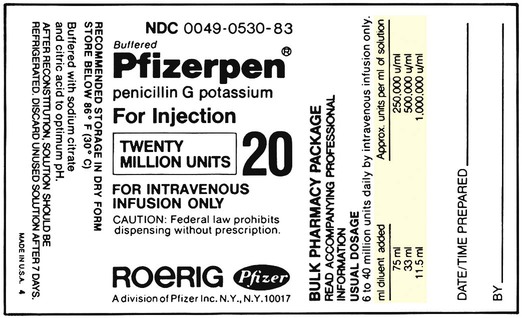
Calculating Insulin Doses in Units
< div class='tao-gold-member'>
![]()
Stay updated, free articles. Join our Telegram channel

Full access? Get Clinical Tree


Calculation of Medications Measured in Units, Milliequivalents, and Percentages of Concentration
Only gold members can continue reading. Log In or Register to continue


